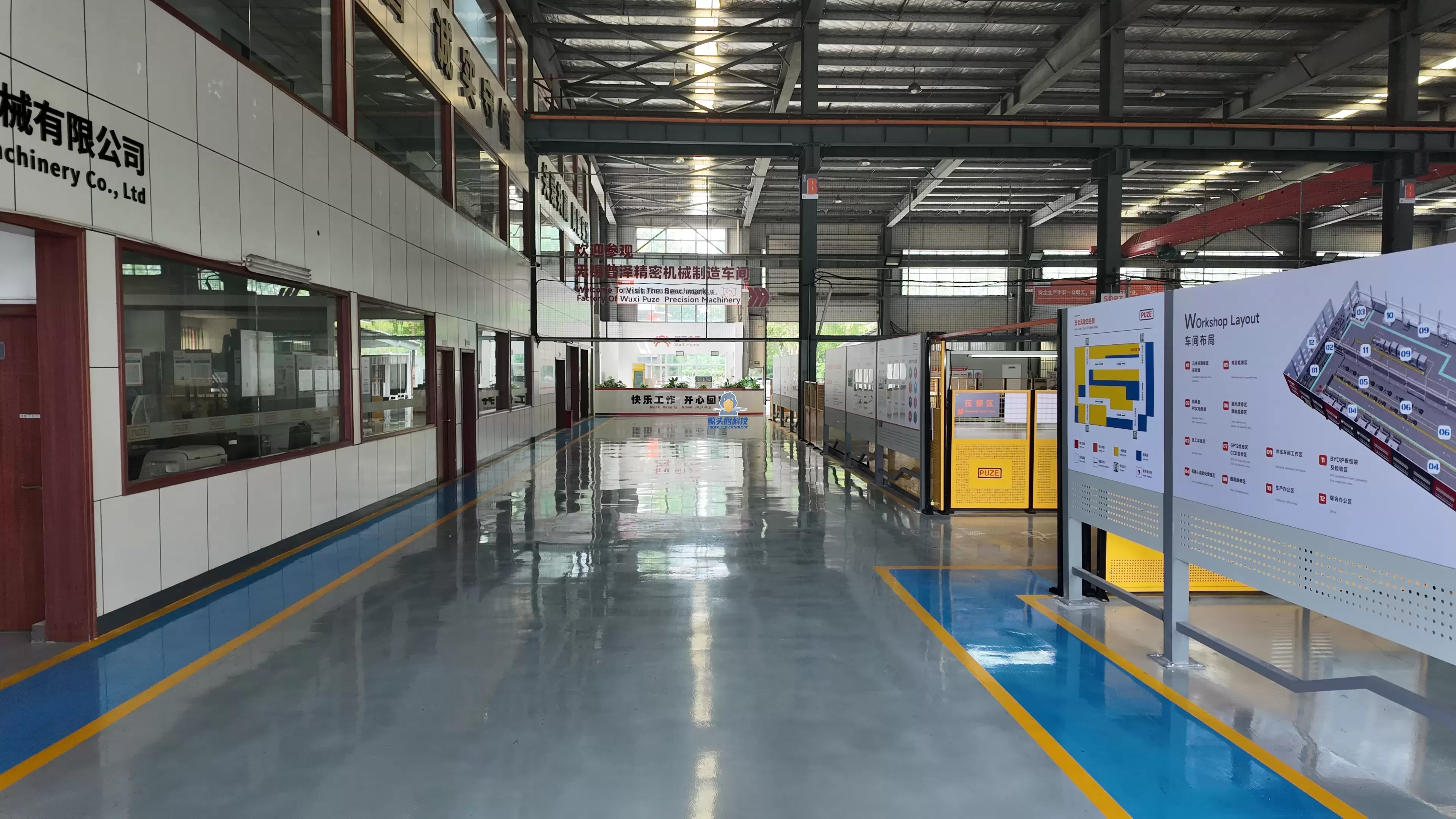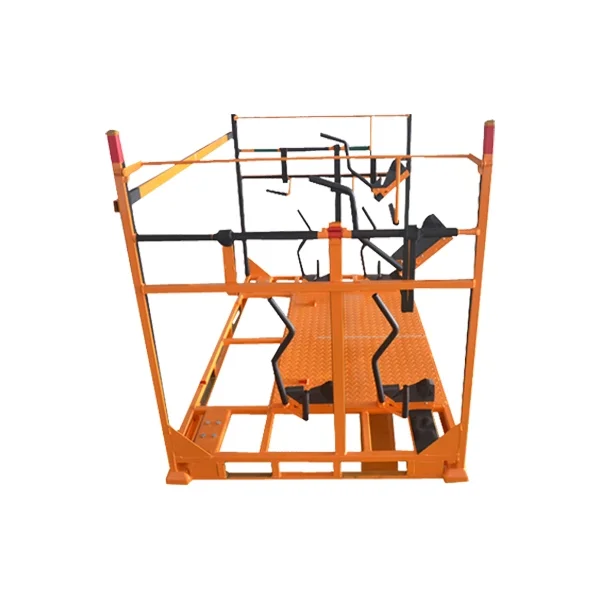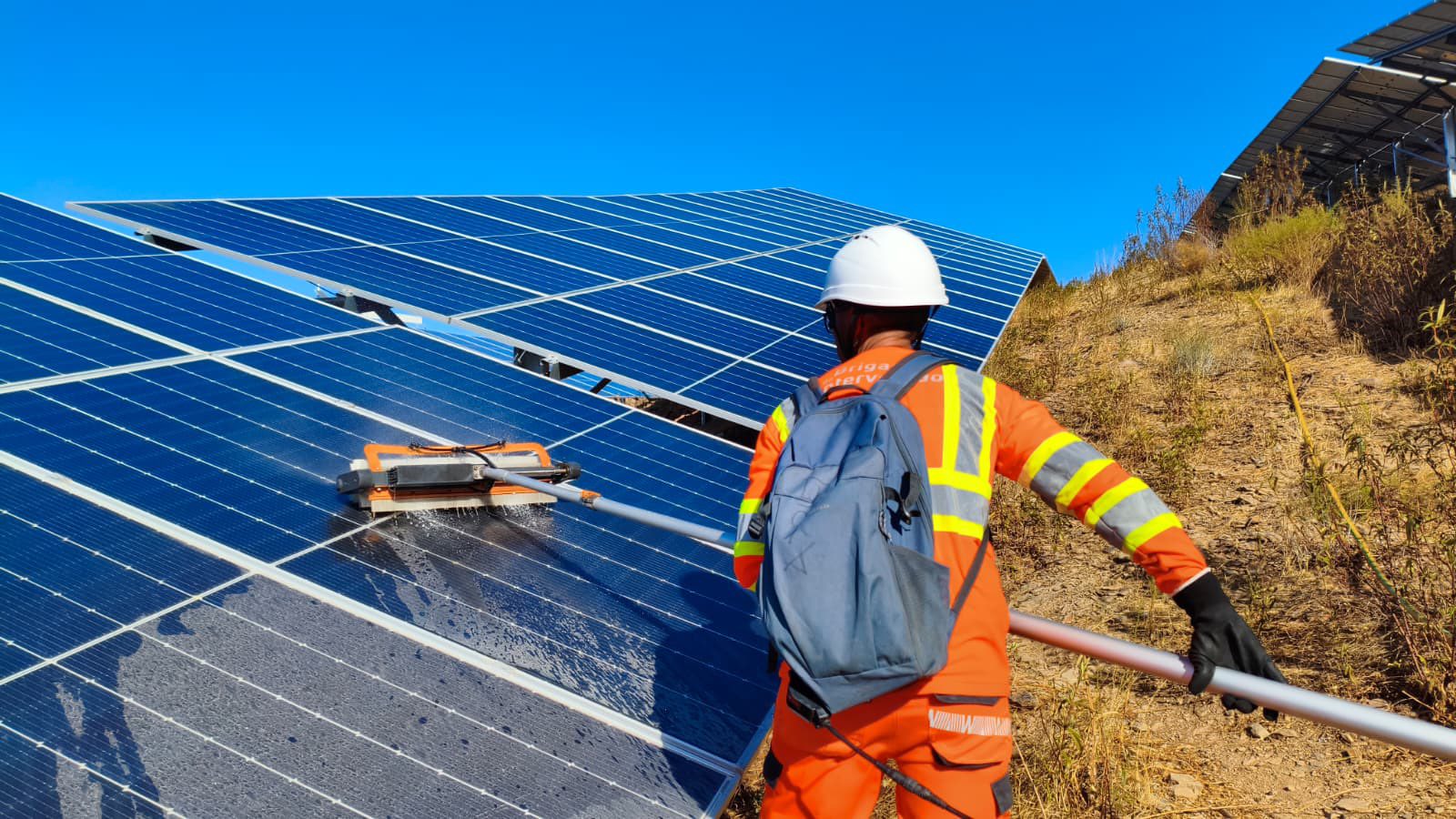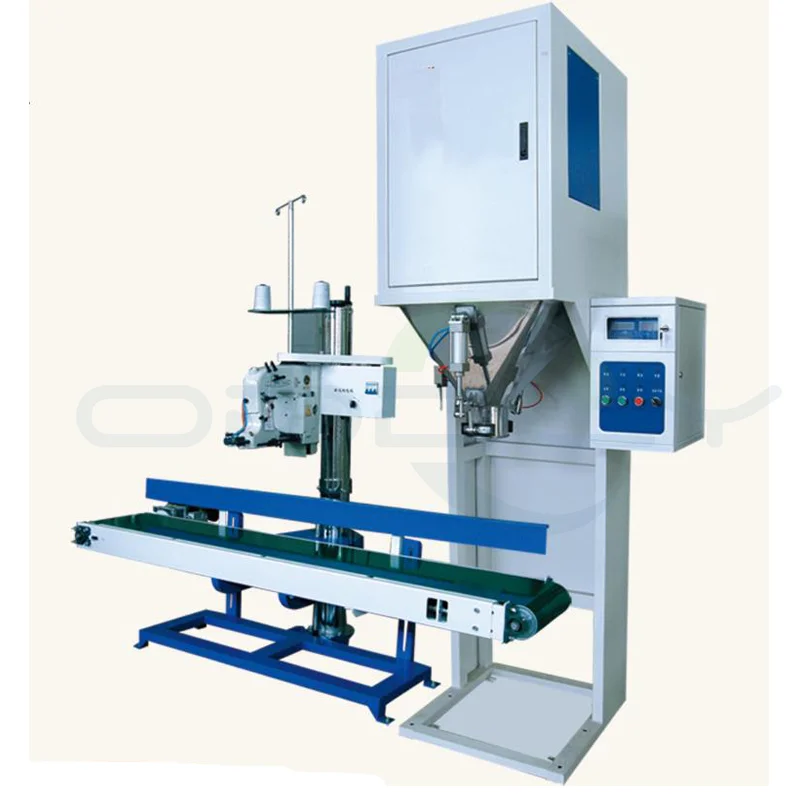Formation drones have become increasingly popular in recent years, captivating audiences with their synchronized aerial displays. One of the most mesmerizing aspects of these performances is the seamless coordination of lights, creating stunning visual effects. But have you ever wondered how these drones automatically adjust their lights to maintain perfect synchronization?
In this blog post, HighGreat will delve into the fascinating technology behind the automatic light adjustment in formation drones. We will explore the key components and mechanisms that enable these drones to achieve such precision, as well as the benefits and applications of this advanced lighting system. So, let's embark on a journey into the world of formation drones and uncover the secrets behind their mesmerizing light displays.
1. The Basics of Formation Drones
Before we dive into the intricacies of automatic light adjustment, let's first understand the basics of formation drones. These unmanned aerial vehicles (UAVs) are equipped with multiple propellers, allowing them to hover, maneuver, and perform synchronized movements. Formation drones are often used in entertainment shows, light displays, and even for capturing stunning aerial footage. However, it is the precisely coordinated lights that truly set them apart.
2. The Importance of Automatic Light Adjustment
To achieve the desired visual effects, formation drones must maintain perfect synchronization of their lights. This requires the ability to adjust the brightness, color, and timing of each individual light source. Manual adjustment would be impractical and time-consuming, especially when dealing with a large number of drones. Therefore, automatic light adjustment systems are crucial to ensure flawless performances. These systems not only simplify the control process but also allow for real-time adjustments, making the displays more dynamic and captivating.
3. Sensors and Communication
The automatic light adjustment in formation drones relies on a combination of sensors and communication technologies. Each drone is equipped with sensors that detect its position, orientation, and velocity. These sensors include accelerometers, gyroscopes, and GPS modules. By constantly monitoring these parameters, the drones can precisely calculate their relative positions and movements in real-time.
To maintain synchronization, the drones need to communicate with each other. This is typically achieved using wireless communication protocols such as Wi-Fi or radio frequency (RF) signals. By exchanging data about their positions and light settings, the drones can adjust their lights accordingly.
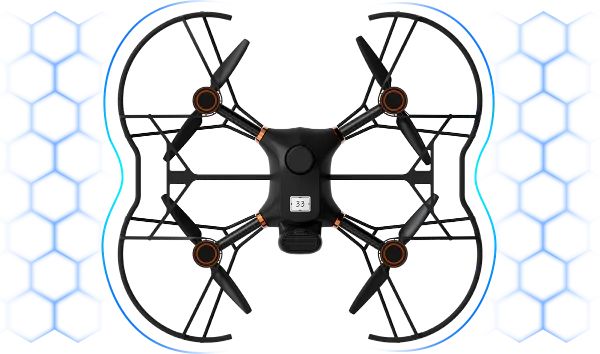
4. Centralized Control and Algorithms
Formation drones often operate under a centralized control system, where a single ground station or computer controls the entire fleet. This central control system receives data from each drone, processes it, and sends commands back to adjust the lights. Advanced algorithms are employed to analyze the data and calculate the necessary adjustments.
These algorithms take into account factors such as the desired light patterns, the drones' positions, and the timing of the display. By considering these variables, the algorithms can determine the optimal light settings for each drone at any given moment. The commands are then transmitted to the drones, instructing them to adjust their lights accordingly.
5. Benefits and Applications
The automatic light adjustment technology in formation drones offers numerous benefits and applications. Firstly, it allows for precise and synchronized light displays, creating visually stunning effects that captivate audiences. Secondly, it simplifies the control process, reducing the workload for operators and ensuring consistent performances. Additionally, the ability to make real-time adjustments adds dynamism and flexibility to the displays, making them more engaging.
Formation drones with automatic light adjustment have found applications beyond entertainment shows. They are increasingly used in events, such as concerts, festivals, and sports games, to enhance the overall experience. Moreover, they have proven to be valuable tools for advertising and branding, as their captivating displays leave a lasting impression on viewers.
Conclusion
The automatic light adjustment in formation drones is a remarkable technological feat that enables breathtaking aerial displays. By combining sensors, communication systems, centralized control, and advanced algorithms, these drones can maintain perfect synchronization of their lights. The benefits and applications of this technology extend beyond entertainment, making formation drones with automatic light adjustment valuable assets in various industries. As technology continues to advance, we can expect even more impressive displays and applications for these mesmerizing aerial performers. So, the next time you witness a formation drone show, take a moment to appreciate the intricate technology behind their stunning light displays.
https://en.hg-fly.com/news/3457.html
HighGreat
marketing@hg-fly.com
